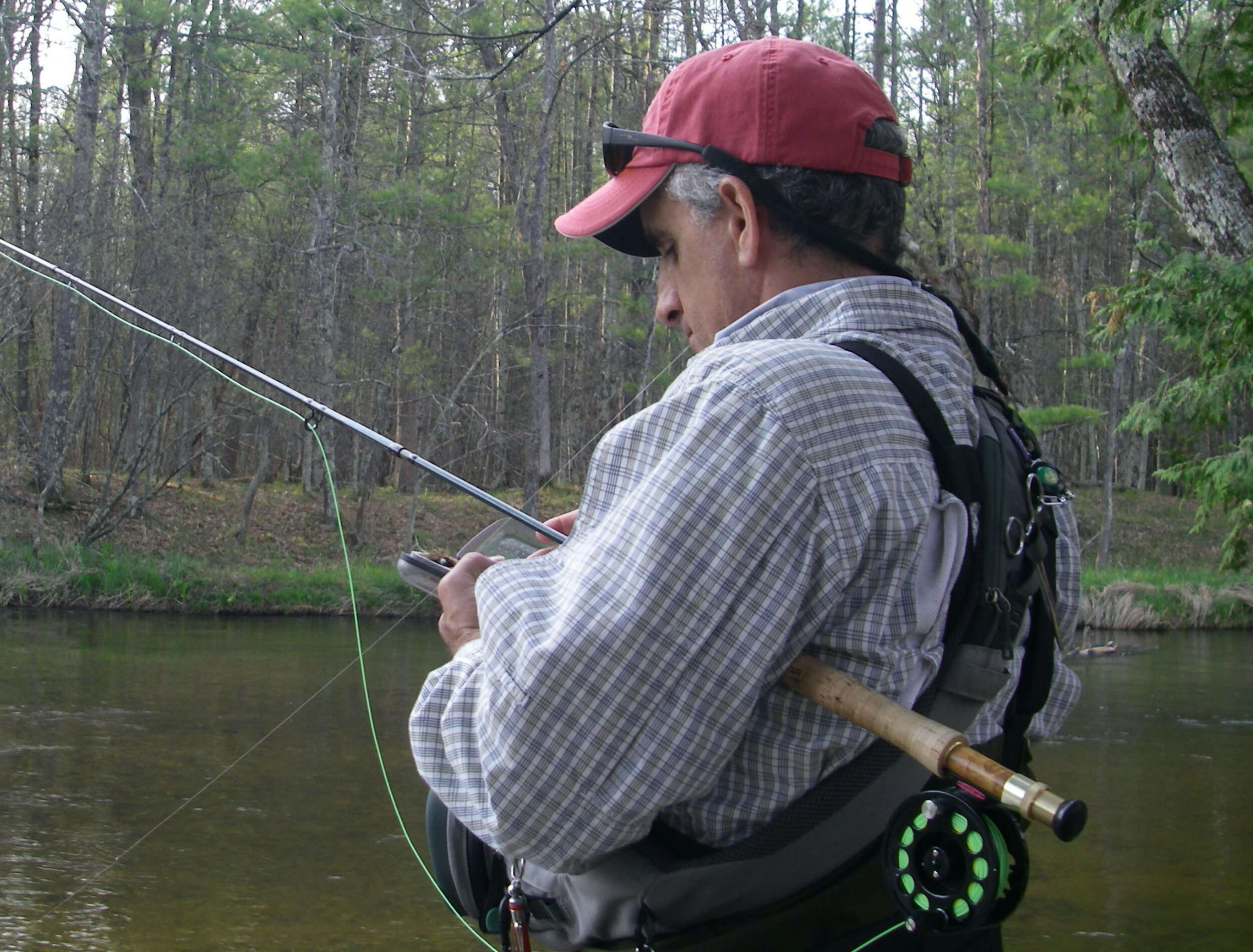
Okay, so you selected a fly rod. Remember, you are putting together a balanced outfit. Now, you will need to select a fly reel that matches the fly rod weight, plus properly hold a matching fly line and backing. And the knowledgeable staff at a fly shop will assist you with purchasing the correct reel for your outfit.
Some features to consider in a fly reel, material made from, and type of drag system.
Material: Aluminum is a common material used in the making of fly reels. The reel can be machined from a single block of aluminum. Making the reel very strong and light weight. Or die-cast aluminum, where molten aluminum is poured into a mold. Some say this process can make the reel less impact-resistant from bumps and drops. Reels can also be made out of a composite material. This can produce a reel that is very light, but less durable.
Drag System: There are three good drag options to choose from. Each option should help in slowing a running fish and prevent spool overrun.
- Click-and-pawl drag; tension from the clicker against the teeth of a gear to provide drag.
- Disc drag; friction against another surface for drag tension. Like disc brakes on a car.
- Sealed drag; drag parts are housed in a cylinder and require little to no maintenance.
Most fly reels come with a neoprene reel case, for protection during travel, and storage.
Balanced Outfit Build Details
Each component in your outfit build should be balanced or matched correctly. An example would be, the classic trout outfit; 5-weight 9-foot rod, 5-weight reel, and 5-weight fly line. Giving you the ability to cast a range of fly types and sizes. Every weight outfit from 1 to 15, will have its own range of fly types and sizes the outfit can cast effectively.
Thanks,
Glen
glentvaci@hey.com